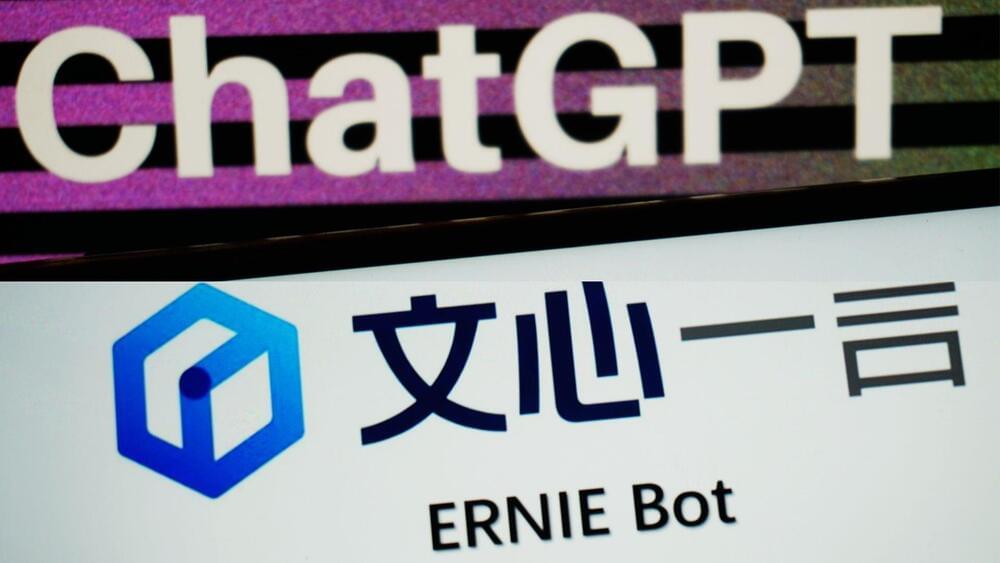The company will charge $50 million per launch of its next-gen rocket, bringing it in line with SpaceX.
Rocket Lab is developing a larger, reusable rocket called Neutron to help it compete with SpaceX’s Falcon 9 launch capabilities.
Rocket Lab’s Neutron will “compete directly with the Falcon 9”.
Rocket Lab.
The company, which has launched 159 satellites to date with its Electron launch system, is targeting a price point of roughly $50 million per launch, meaning it will cost marginally less than a Falcon 9 launch.





